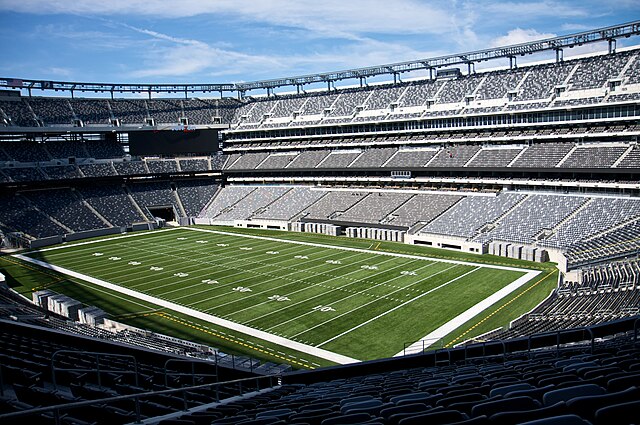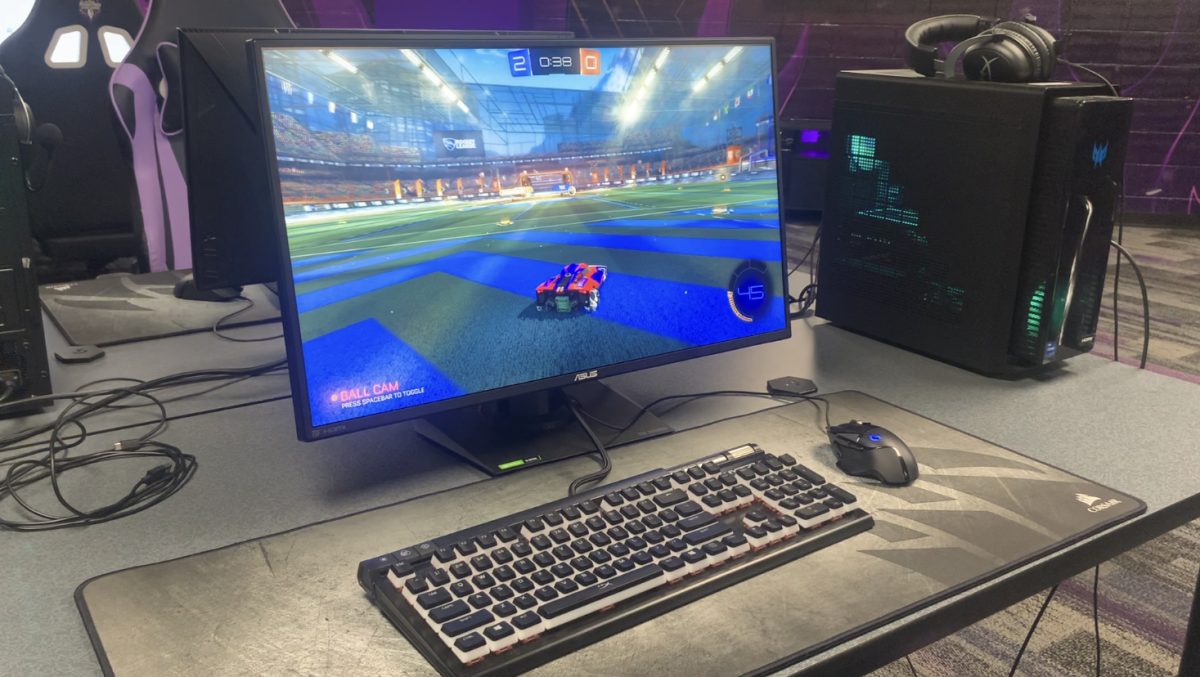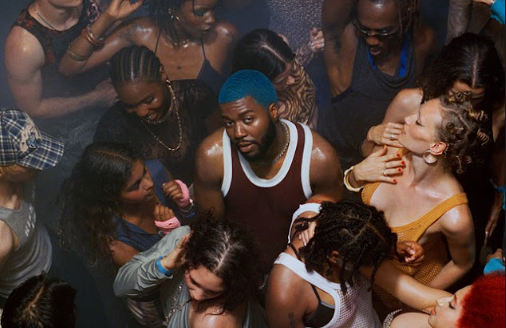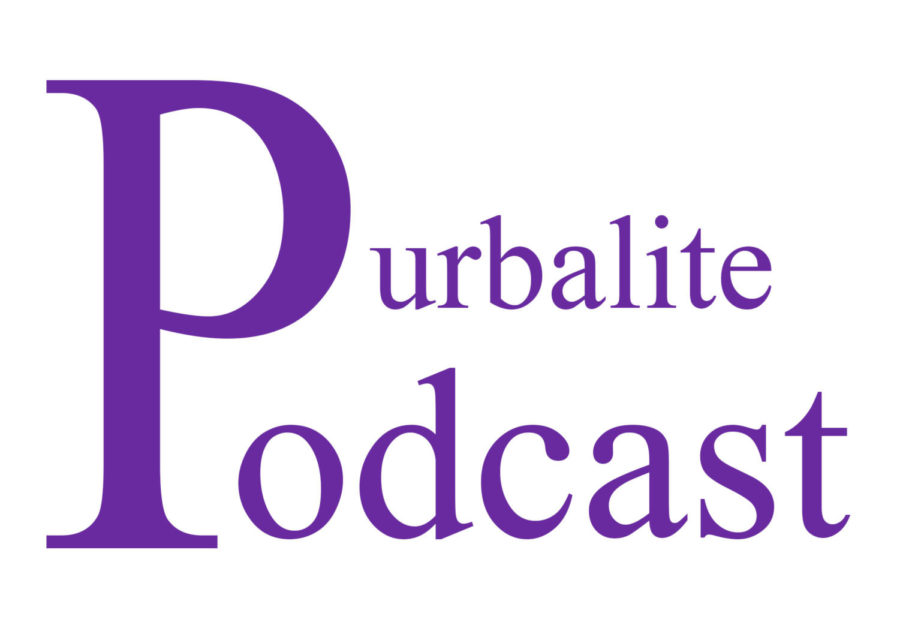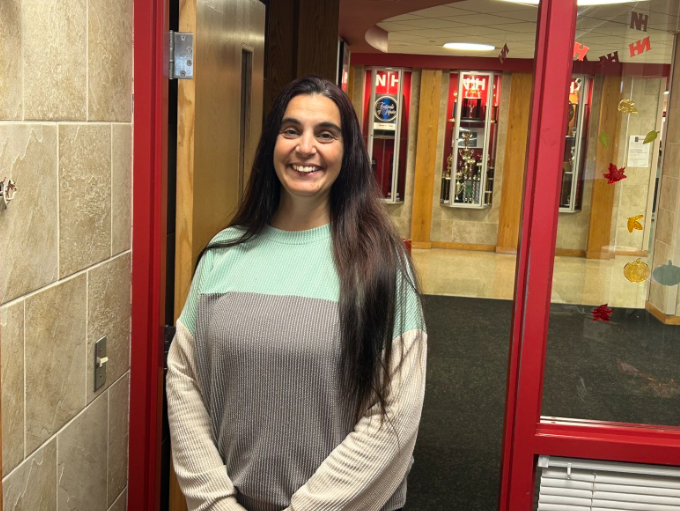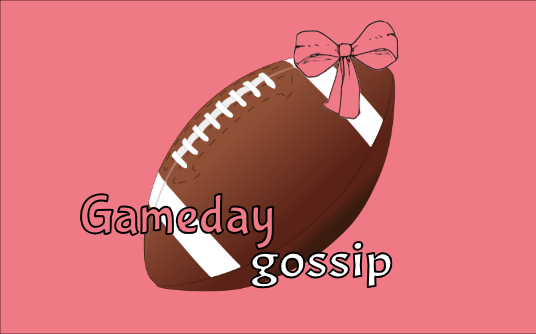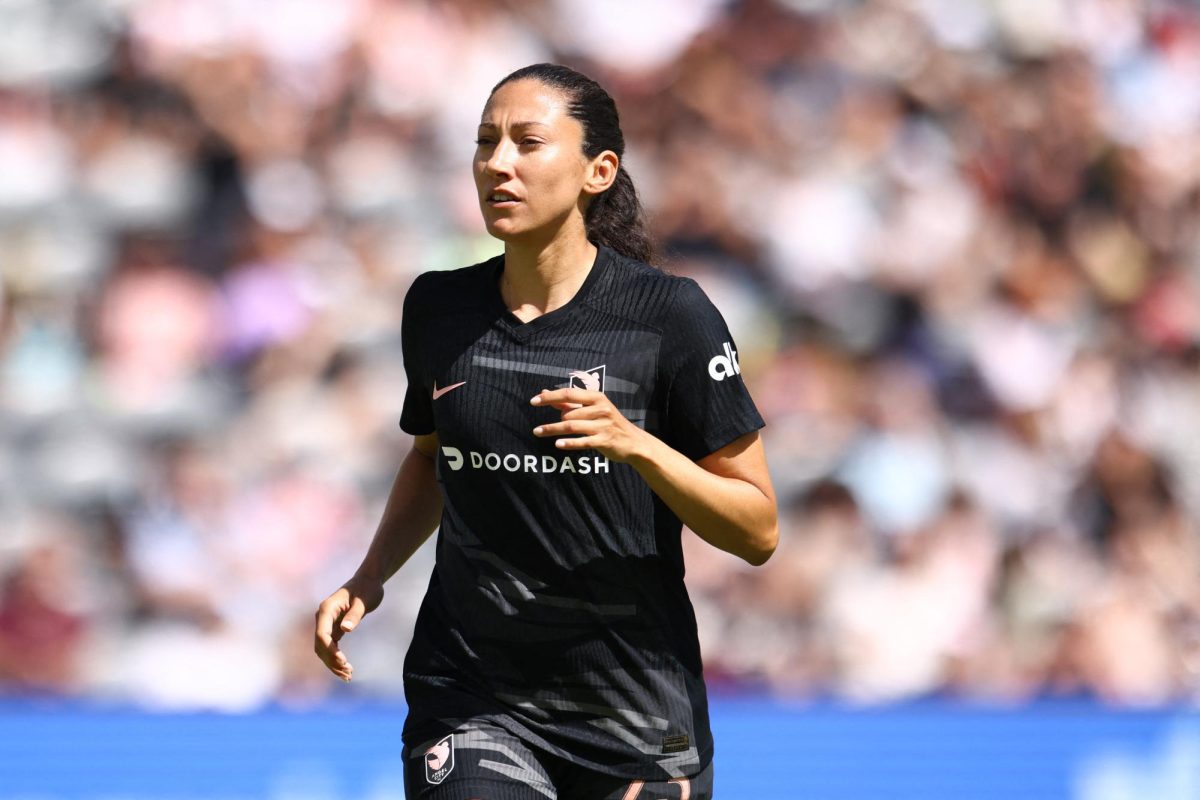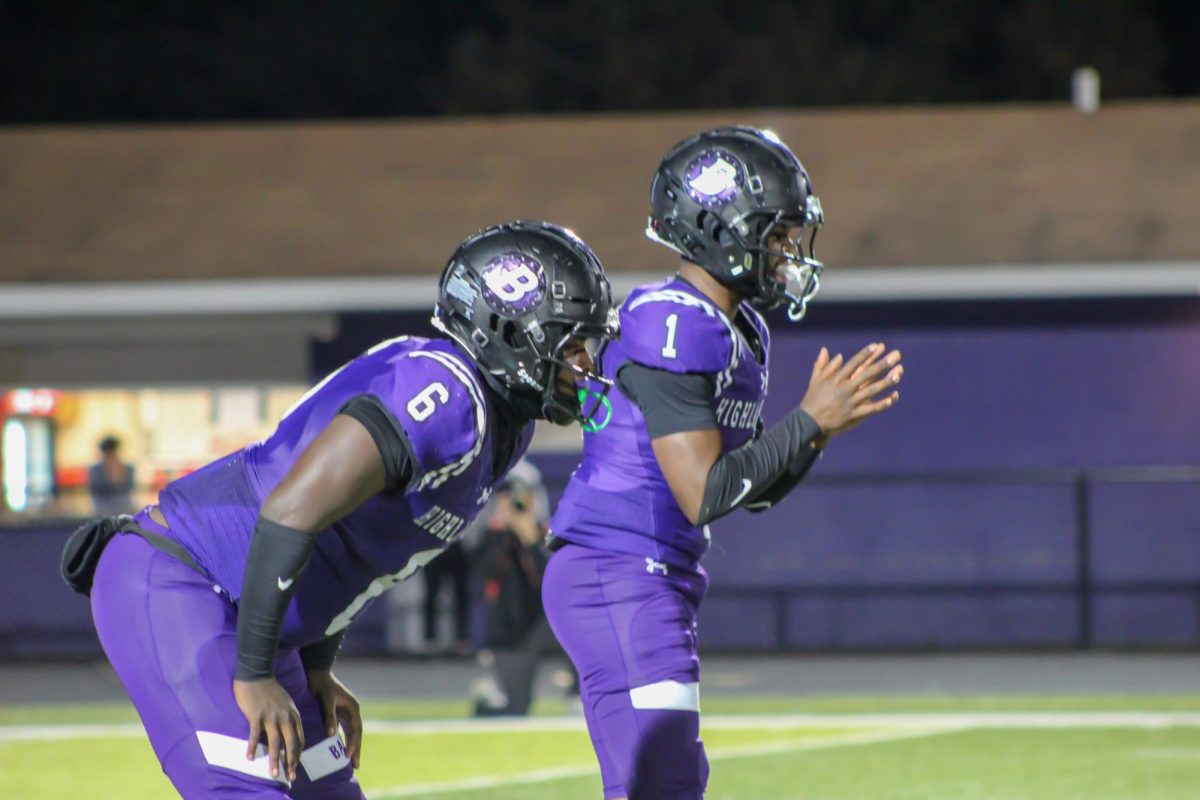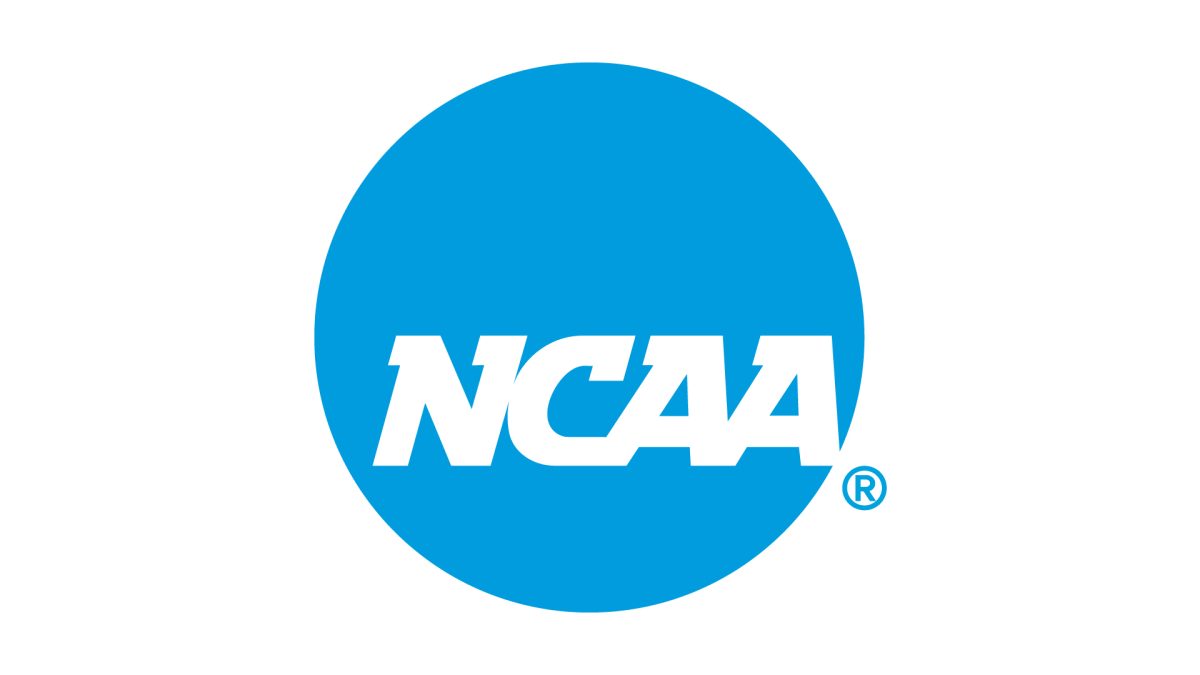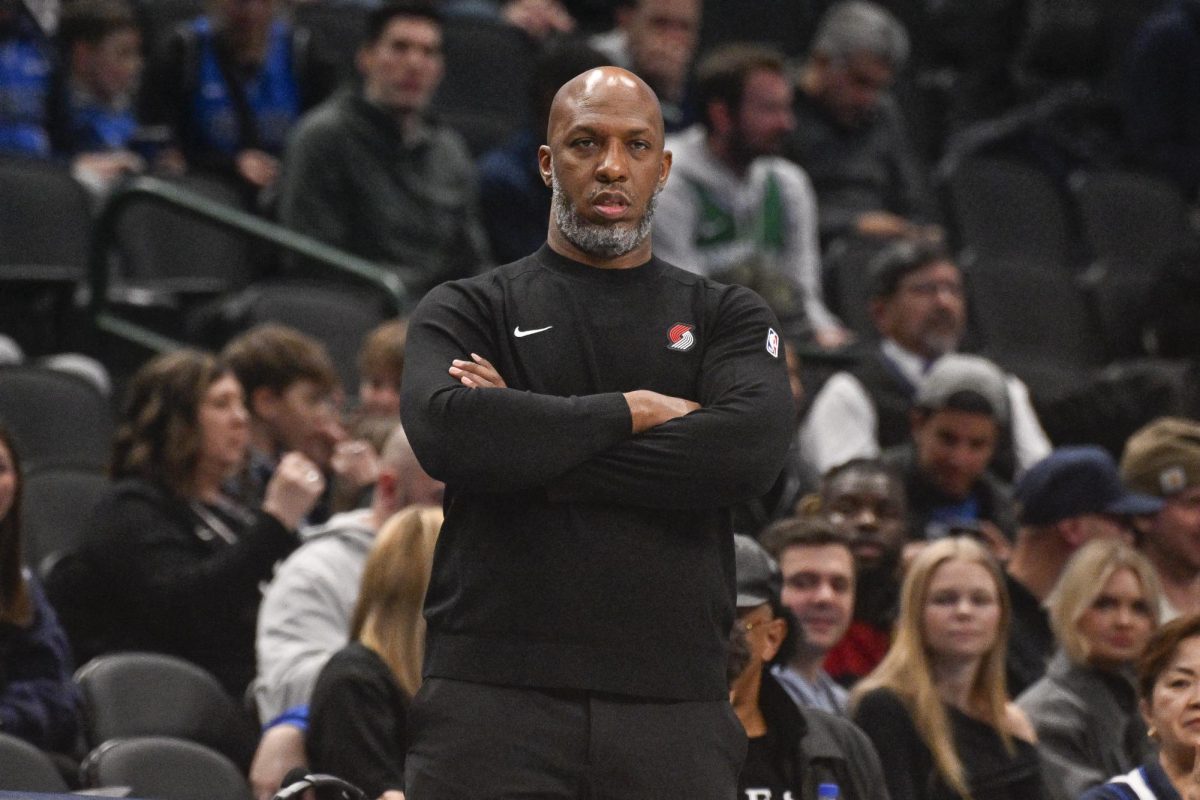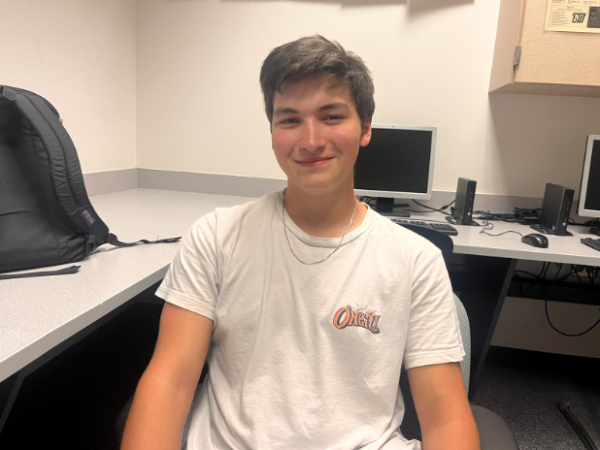During NFL Week 8, when the New York Jets and New York Giants played at MetLife Stadium, – a field with artificial turf – six players were injured in just the first half of the game.
Throughout the season, major injuries have occurred on turf fields. As many know, Jets quarterback Aaron Rodgers tore his Achilles, derailing his season, at MetLife stadium. But he is not the only one who got severely injured on turf through just eight weeks of the NFL season.
Vikings quarterback Kirk Cousins, who was on pace to have the best season of his career, tore his Achilles at U.S. Bank Stadium, another turf field, last week. Chargers standout wide receiver Mike Williams tore his ACL on the same field in Week 3. These are just a few examples of the multitude of injuries that have occurred on turf fields so far this season.
Several players have voiced their displeasure with turf fields to the NFL and the media, saying that turf is significantly harder on their bodies than natural grass and that they feel safer on natural surfaces. Still, the NFL has not changed any policies about turf fields.
Players Union President J.C. Tretter described artificial turf as an “unforgiving” surface that made his body feel stiffer than when he played on natural grass, and he said many of his teammates agreed with him on the matter.
This is not to say grass fields are perfect.
As seen during last year’s Super Bowl, the NFL grew special grass for the field in Arizona, but players on both teams, specifically pass rushers, found that they could not find their footing on the grass and that it hindered their ability to play at their best.
While the NFL does believe it can make both surfaces safer to play on, it is not clear why all surfaces cannot be changed to grass fields. The NFL has the money to do it, and grass is clearly what the players prefer.
The NFL should transition all fields to natural grass fields. Even though it would cost more on their end, it would help to protect their most valuable investment – their players.

